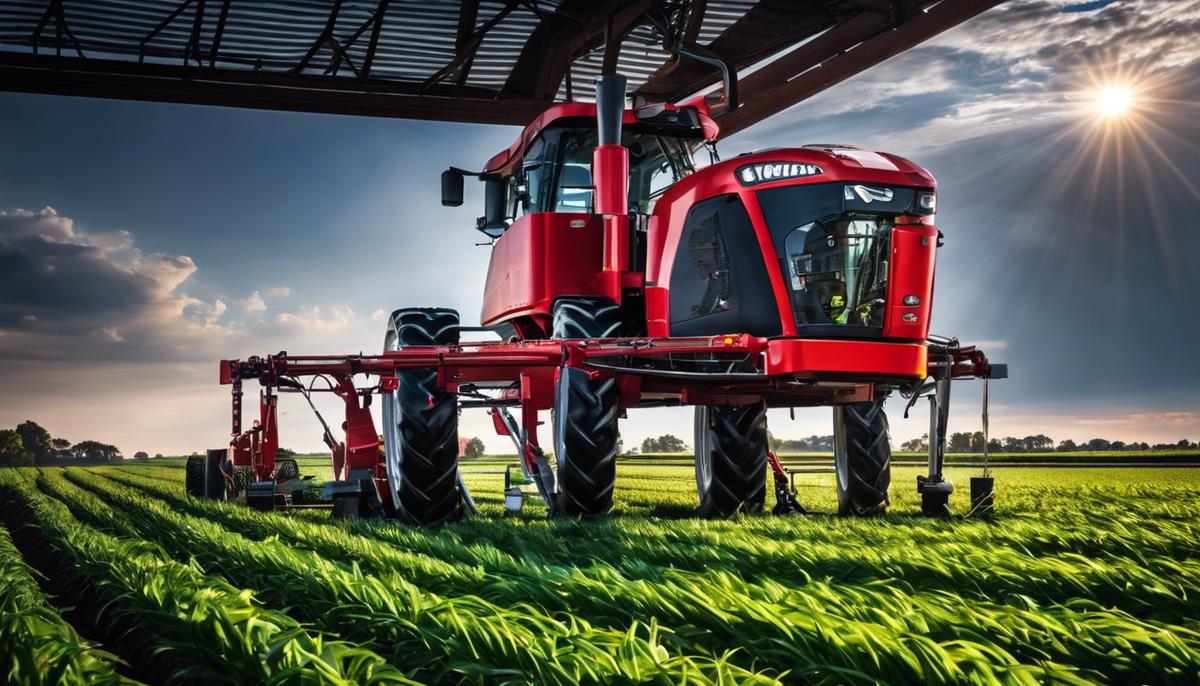

Agridisk
Egypt - Alexandria
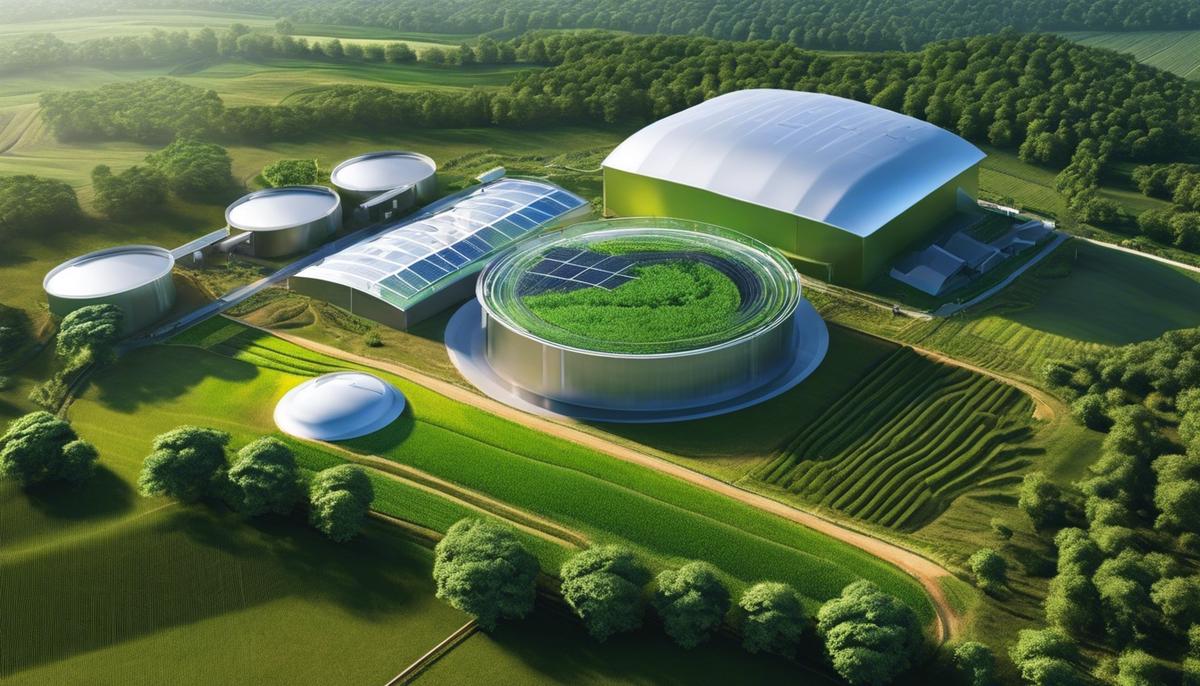
Agricultural engineering definition & Technology
Description: Agricultural engineering stands at the crossroads of innovation and tradition, where the timeless quest for food security intersects with the cutting-edge of technology and design. As we unearth the roots of this discipline, we reveal a field progressively sculpting the landscape of modern agriculture. From the early domestication of crops to advanced computational models that guide today’s farmers, agricultural engineering remains a cornerstone of human progress. Beyond mere cultivation and harvest, it encapsulates our collective struggle and triumph over the challenges posed by nature. In this essay, we navigate through the fundamentals, unveiling how historical developments have laid the groundwork for the technological and environmental strides we witness in contemporary farming, ultimately leading to an era where efficiency, sustainability, and ethical production are not mutually exclusive ideals but synchronized objectives. Abstract: Agricultural engineering, a discipline at the intersection of engineering, agronomy, and environmental science, involves the application of scientific and technological advancements to agricultural production and processing. The domain is underpinned by foundational concepts that synergize to address the challenges of sustainable food production, climate change adaptation, resource management, and the overall enhancement of agricultural efficiency and productivity. Introduction: The quintessence of agricultural engineering lies not merely in improving the yield and quality of agricultural products, but in fostering the sustainability of agricultural practices through the integration of technology and innovative engineering solutions. The foundational concepts driving the field of agricultural engineering are intrinsically linked to the critical necessities of human survival. Soil-Water-Plant Relationship: Understanding the soil-water-plant nexus forms a cornerstone of agricultural engineering. Soil properties, including texture, structure, and fertility, when synergistically analyzed with water availability and plant requirements, dictate the design of irrigation systems, drainage solutions, and the development of sustainable land management practices. Mechanization and Automation: The progression from rudimentary tools to sophisticated machinery embodies the evolution of agricultural engineering. Mechanization has amplified productivity and reduced labor intensity, whereas automation, propelled by advancements in robotics and artificial intelligence, is enabling precision agriculture—facilitating operations with remarkable accuracy and efficiency. Agricultural Structures and Environment Control: Engineering durable structures for livestock housing, storage, and controlled-environment agriculture is pivotal. Innovations in this area ensure optimal conditions for plant and animal growth, reducing energy inputs, enhancing animal welfare, and mitigating environmental impacts. Energy and Biomass Engineering: This concept revolves around optimizing the use and generation of energy within agricultural systems. It encompasses the engineering of bioenergy production from biomass, development of renewable energy technologies for farms, and the implementation of energy conservation strategies, aiming to curtail the carbon footprint of agricultural practices. Sustainable Agriculture Systems Design: Encompassing the design of holistic, closed-loop systems that factor in local ecosystems, resource cycles, and waste management, sustainable agriculture systems design is essential for mitigating the detrimental effects of conventional agriculture. The pursuit of agroecological principles through the application of innovative designs stands as a testament to the sophistication of contemporary agricultural engineering. Conclusion: Gazing into the corpus of agricultural engineering, these foundational concepts form the nucleus of a field that encapsulates the ingenuity and resourcefulness that epitomize the human spirit. The intricate orchestration of these elements is not only furthering the limits of agricultural productivity but also serving as a vanguard of a sustainable future for global food systems. Through these precepts, agricultural engineering continues to sculpt its legacy, engendering technological progress while maintaining an unwavering commitment to stewardship of the earth’s finite resources. The evolving landscape of modern agriculture is witnessing a transformative integration of innovative technologies that extend beyond the foundational aspects of soil-water-plant dynamics, mechanization, and automated systems. Encompassing a broader spectrum, these technological advancements are redefining productivity, environmental sustainability, and resource efficiency at the heart of agricultural practices. It is imperative to delve into additional pivotal domains where technology is reshaping the agrarian sector. One of the notable areas where technology is making substantial strides is in the realm of Precision Agriculture (PA). The core concept of PA hinges on the precise application of inputs, such as water, fertilizers, and pesticides, tailored to the specific needs of crops at optimal timings. This is achieved through the deployment of sensors, GPS systems, and aerial imagery—which includes satellite photos and drone surveillance—that provide high-resolution data on crop health, soil conditions, and environmental factors. As a result, PA facilitates informed decisions that enhance crop yields while minimizing unnecessary expenditure on inputs, thereby reducing environmental impacts. Genetics and biotechnology, two fields at the vanguard of the scientific frontier, lend themselves to revolutionary applications in modern farming. Through advancements such as CRISPR gene editing techniques, scientists are able to cultivate crops that exhibit desirable traits such as drought tolerance, pest resistance, and improved nutritional profiles. These genetically optimised crops pave the way for food security by increasing resistance to biotic and abiotic stresses, especially critical in light of changing climate patterns. Data analytics and Big Data are increasingly integral to farming, moving beyond simple collection to sophisticated analyses that can predict trends and optimize future agricultural operations. Machine learning algorithms process enormous data sets collected from various agricultural technologies to discern patterns and provide actionable insights. The ability to forecast crop diseases, pests, and weather-related anomalies before they occur enables preventative measures, thereby safeguarding yields and providing stability in food production systems. Robotics and AI are revolutionizing everyday agricultural tasks, executing them with a degree of precision and efficiency unattainable by human labor. Autonomous tractors, robotic harvesters, and drones equipped with AI capabilities are becoming ubiquitous on farms, performing tasks from planting seeds to monitoring crop health and harvesting with remarkable speed and accuracy. These robotic systems empower farmers to manage larger areas with reduced labor requirements, while also tackling the challenges brought about by labor shortages in many agricultural regions. Finally, the concept of vertical farming presents a paradigm shift in the cultivation of crops. This innovative approach utilizes stacked layers within a controlled environment to produce food, often employing hydroponic, aeroponic, or aquaponic growing systems. Vertical farming facilitates the year-round production of crops with less water and without the need for pesticides, while also circumventing the limitations of land availability in urban settings. This technology not only maximizes space efficiency but is poised to play a strategic role in urban food supply chains. In conclusion, the multifaceted technological advancements in modern farming are not solely conduits of increased production and efficiency. They embody the convergence of scientific discovery and practical applications that enhance the symbiotic relationship between humanity and the environment, ensuring a sustainable and resilient agricultural future. As we continue the inexorable march of progress, harnessing these technologies in a responsible manner remains a paramount responsibility for the current generation of agriculturists, environmentalists, and technologists. The Quintessential Role of Agricultural Engineering in Enhancing Biodiversity and Ecosystem Services Biodiversity and the systematic provision of ecosystem services are vital components of our natural environment, ensuring the preservation and sustainability of both agriculture and the broader environmental context. Agricultural engineering, with its marriage of innovative technology and environmental science, plays a pivotal role in the stewardship of our planet's biodiversity and the maintenance of its ecosystem services. At the forefront of this endeavor is the development and implementation of conservation tillage and cropping systems, engineered to minimize disruption of soil structure, protect against erosion, and maintain habitat for a myriad of soil organisms. These organisms contribute to the nutrient cycling and soil health critical for sustainable agricultural practices. Moreover, the strategic design of water resources management, including irrigation and drainage systems, is sensitive to the needs of adjacent ecosystems. This involves the creation of buffer zones and constructed wetlands that serve as natural water filtration systems and habitats for diverse wildlife, thus contributing to both agricultural productivity and the health of natural water bodies. As sentinel stewards of genetic diversity, agricultural engineers are continuously developing new crop varieties through advanced breeding techniques that require fewer inputs and are more resilient to pests, disease, and climate variability. These varieties not only reduce the dependency on synthetic chemicals but also provide the cornerstone for resilient agroecosystems capable of withstanding environmental stressors. The integration of agroforestry systems represents another significant contribution to environmental stewardship, blending agriculture with tree cultivation. This integration promotes a symbiotic relationship between crops and trees that enhances carbon sequestration, improves soil quality, and provides habitat corridors for wildlife within agricultural landscapes. Lastly, agricultural engineers are instrumental in waste management solutions that transform organic waste into valuable resources. Through composting and anaerobic digestion processes, waste products are converted into biofertilizers and renewable energy, thereby closing nutrient loops and reducing agriculture's carbon footprint. In conclusion, agricultural engineering is an indispensable field in the advancement of agroecological practices that safeguard biodiversity and foster the provision of ecosystem services. This discipline stands as a testament to the harmonious coexistence of robust agricultural development and environmental stewardship. In the current discourse on agricultural advancement, a critical facet that warrants rigorous attention is Bioprocess Engineering. This discipline is the cornerstone of myriad applications within agriculture, serving as a catalyst for innovation and efficiency while ensuring environmental stewardship. Bioprocess engineering amalgamates principles from chemical engineering with biological sciences to develop processes that facilitate the production of materials that are useful to and sustainable for society. A quintessential example of the efficacy of bioprocess engineering within agriculture is in the development and optimization of biopesticides and biofertilizers. The methodologies of bioprocess engineering are instrumental in the mass cultivation of microorganisms that are beneficial for plant health and soil fertility. The deployment of these biological agents can lead to reduced reliance on chemical inputs, a significant boon for sustainable agricultural practices. Further, the valorization of agricultural waste stands as a testament to the ingenuity of bioprocess engineering. This practice involves the transformation of by-products from agricultural processes into high-value bioproducts, such as biofuels, biodegradable plastics, and pharmaceuticals. Not only does this contribute to the economic viability of agriculture, but it also alleviates environmental concerns associated with waste disposal. In the realm of bioreactor design and optimization, bioprocess engineering is indispensable. Bioreactors are the engines that drive the controlled biological processes necessary for the production of plant growth-promoting rhizobacteria (PGPR) and biocontrol organisms. The intricate design of these reactors ensures precise control over environmental parameters, which is crucial for maintaining the efficacy and viability of these biological agents. Moreover, bioprocess engineering is at the forefront of the burgeoning field of cultured meat production, which holds the promise of revolutionizing the agriculture industry. By cultivating meat from animal cells in a controlled environment, we are potentially capable of mitigating the environmental footprint of livestock farming, and addressing ethical concerns, while fulfilling the protein requirements of an ever-growing population. Lastly, it is the integration of bioprocess engineering principles with cutting-edge technologies that herald a new era of smart biomanufacturing within agricultural domains. Sensor technology, process analytic technology (PAT), and the Internet of Things (IoT) converge in this arena to expedite the development of bio-based products through real-time monitoring and control of bioprocesses. The resultant improvement in process understanding and optimization furthers the economic and environmental sustainability of agricultural production. In conclusion, bioprocess engineering holds a pivotal role in propelling agricultural advancements forward. Its applications permeate nearly every aspect of agriculture where there is an intersection with biological processes. By focusing on innovations that enhance productivity while maintaining ecological integrity, bioprocess engineering embodies the synthesis of modern technological prowess with an unwavering commitment to future generations and the health of our planet. As the global population continues to burgeon, the agricultural sector is pressed to innovate sustainably. Bioprocess engineering emerges as a central pillar in this endeavor, employing living cells or their components to develop methods and technologies that underpin the future of sustainable agriculture. Within this context, the development and optimization of biopesticides and biofertilizers are paramount. By harnessing naturally occurring biological agents to mitigate pest populations and enhance soil fertility, respectively, these biologically derived inputs exhibit lower environmental impact than their chemical counterparts, bolstering crop yields whilst maintaining ecological balance. Valorization of agricultural waste represents another cornerstone of sustainable practice. The conversion of byproducts, often deemed as waste, into valuable resources—such as biofuels, bioplastics, and other biomaterials—alleviates environmental stress by reducing reliance on conventional waste disposal methods. This not only minimizes pollution but also creates an economically viable, closed-loop system that enhances the sustainability of agricultural operations. The design and optimization of bioreactors play a crucial role in the mass cultivation of beneficial microorganisms, such as plant growth-promoting rhizobacteria (PGPR) and biocontrol organisms. These advanced cultivation systems underscore the potential to scale the production of beneficial microbial inoculants, thus contributing to plant health and growth, offering a sustainable alternative to chemical fertilizers and pesticides. In light of burgeoning demand for meat and dairy products, bioprocess engineering informs the burgeoning field of cultured meat, a novel approach that mitigates the profound environmental and ethical concerns associated with conventional animal farming. By cultivating animal cells in vitro to produce meat, this technology could drastically reduce the environmental footprint of meat production by lessening land use, emissions, and resource consumption, exemplifying a transformative shift in food production paradigms. The integration of bioprocess engineering principles with cutting-edge technologies sets the stage for smart biomanufacturing—a realm where automation, machine learning, and advanced sensors converge to optimize biological production systems. Smart biomanufacturing harnesses these integrative technologies to monitor and control bioprocesses in real-time, ensuring high quality and efficiency while adopting environmentally responsible practices. To encapsulate, bioprocess engineering stands as a foundational aspect of sustainable agricultural innovation. It provides crucial systems and practices that align with the overarching goals of environmental stewardship, economic viability, and social equity. This field bridges traditional agricultural practices with transformative technologies, inaugurating a future wherein agriculture complements rather than competes with natural ecosystems. The harmonious integration of bioprocess engineering into agriculture will indubitably play a defining role in the sustenance and advancement of global agriculture, optimizing productivity within the finite bounds of our planet's resources. The intricate tapestry that is agricultural engineering tells a story of human ingenuity and its ceaseless endeavor to harmonize with the earth’s natural rhythms. This narrative, woven from threads of technology, ethics, and environmental stewardship, presents a vision of agriculture that not only yields plentiful harvests but also sows seeds of sustainability for future generations. Symbols of our advancement, the plowshares and bio-reactors, stand as testament to our capacity to adapt and reinvent. As we consider the multilayered facets of agricultural and bioprocess engineering, we embrace a future in which the fruits of our intellect nourish and sustain an ever-growing world. With the symphony of science and nature playing in harmony, the quest for sustainable agricultural practices promises a richer landscape for all life on Earth. Agricultural engineering technology signifies a pivotal intersection between agriculture and engineering, involving the application of scientific and technological innovation to optimize farming processes. The range of agricultural engineering spans crucial sub-disciplines such as soil mechanics, farm machinery, bioresource engineering, and environmental microclimatology. These foundational principles not only form the bedrock of agricultural engineering technology but also set the stage for understanding the larger framework within which this discipline operates. Moreover, the pragmatic relevance of agricultural engineering in the modern world underscored by its crucial inputs into sustainability, farming efficiency, crop yield improvement, and food security cannot be overstated. Beyond the boundaries of theory and practice, the realm of agricultural engineering technology is ceaselessly vibrant with cutting-edge inventions and technological advancements. This discourse plunges into this exciting cocktail of technology and explores the game-changing role it is playing in redefining and shaping the agricultural landscape. Title: Unraveling the Crucial Concepts in Agricultural Engineering Technology: A Key Catalyst for the Modernization of Agriculture Agricultural engineering technology stands as a cornerstone in the advancement of modern agricultural practices, wheedling its way to the heart of sustainable farming and food production. From the design of farm machinery to the application of biotechnology, this field is a marvel that rejuvenates traditional farming practices and fosters the overall development and productivity of the agriculture sector. One primary concept intrinsic to agricultural engineering technology is mechanization. This refers to harnessing machinery and technology to enhance agricultural practices by improving efficiency, productivity, and reducing manual labor. It is encapsulated in the design, development, and application of farming equipment such as tractors, plows, and harvesting machines. Precision agriculture creases the next pivotal concept. This high-tech farming method, backed by sophisticated technology, focuses on managing spatial and temporal variations in field crops. Using GPS technology, remote sensing, and Geographic Information Systems, it optimizes the execution of farming operations, ultimately leading to high crop yield and quality. Irrigation and drainage systems, another predominant concept, resonate deeply with the science of applying controlled quantities of water to plants at needed intervals and managing the removal of excess water to ensure optimum growth. These systems reduce water waste, maintain soil fertility, and prevent plant diseases, thus promoting sustainable farming practices. Bioprocessing and Biotechnology carve another significant niche in agricultural engineering technology. Bioprocessing relates to the application of living cells or their components in manufacturing sectors including food, feed, and pharmaceuticals. However, Biotechnology uses genetic engineering to modify plants and animals, to increase resistance to pests and diseases, boost nutritional contents, and reduce the dependency on chemical pesticides and fertilizers. Post-Harvest and Food Processing technologies aim towards reducing post-harvest wastage while maintaining food's nutritional quality. These technologies shape how we store, process, and package agricultural products, ensuring food safety and longevity. Agricultural Information Technology, a relatively fresh facet of the discipline, leverages sophisticated tools such as big data, the Internet of Things (IoT), Machine learning, and artificial intelligence to manage and analyze data in agriculture, thereby aiding in informed decision-making, efficient resource utilization, and enhanced yield. In light of these profound concepts, agricultural engineering technology emerges as a game-changing arena that propels the global journey towards food security, climate resilience, and sustainable development. Its nuanced integration of engineering principles, biological sciences, and technology breathe life into the field of agriculture, positioning it as an elixir that instills confidence in our ability to meet the rising food demand while conserving the environment. The cornerstone of agriculture's transformation into a high-tech industry is agricultural engineering technology. This field, an amalgamation of scientific disciplines, targets not only the optimization of agricultural processes but also their integration into our increasingly digital and data-driven world. It's an epicenter where science, technology, and environmental stewardship converge, underpinning a revolutionized agriculture sector. Under the broad umbrella of agricultural engineering technology, patterns are revealed and processes are streamlined with the use of modeling and simulation technologies. These techniques bring an unprecedented level of precision to agricultural endeavors. For example, the topographical variations of farmlands can be modeled and analyzed for erosion control, land utilization, and best site selection for planting certain crops, all resulting in higher yields and reduced environmental impact. Another major leap in the field is the development of renewable energy systems. The adoption of bioenergy and other renewable sources is actively curbing the carbon footprint of farming, aligning agriculture with global efforts to combat climate change. Sophisticated machinery now leverages this renewable energy, increasing efficiencies while augmenting sustainability. The ability to observe, analyze, and react to minute changes in agricultural systems also defines this technology-driven era. Sensors and monitoring systems, now more prevalent than ever, detect even nuanced alterations in atmospheric conditions, soil chemistry, and plant health. Data from these devices fuel predictive models, enabling preemptive interventions that mitigate crop diseases and pests while minimizing non-target effects. Moreover, agricultural engineering technology is fostering the incorporation of robotics and automation in the sector. Robots, drones, and autonomous vehicles are not figments of a far-fetched sci-fi imagination but present-day realities on many farms. From harvesting and weed control to crop spraying and soil sampling, multiple manual labor jobs are effectively performed by these innovative machines, contributing to cost efficiency, productivity, and safety. This rapidly advancing field is synergizing with other sectors too. Look to the developing realm of nanotechnology. The potential for its application in agriculture ranges from efficient fertilizers and pesticides to imaginative techniques like “smart” packaging that signals food freshness. Lastly, the incorporation of advanced genetic engineering in agriculture, facilitated by agricultural engineering technology, is expediting the creation of crops resistant to drought, diseases, pests, and even climate change. Furthermore, this technology is instrumental in enhancing the nutritional value of produce, extending their shelf-life, and increasing yield while reducing the inputs required. Thus, without exaggeration, agricultural engineering technology is pivotal, almost synonymous, with modern agriculture. It's wielding technology not just to innovate but to recalibrate the delicate balance of planet-wide food security, economic prosperity, and environmental preservation. As it relentlessly pushes the boundaries of the agriculture sector, it is clear that the future of farming is bright, efficient, and sustainable. Diving into the realm of ground-breaking advances in agricultural engineering technology, it's worth shining a light on the increasingly essential role of drone technology. Promising a hands-off approach, drones are instrumental in assessing various crop and field conditions. Not only do they reduce the labor-intensive aspects of farming, they also provide a bird's-eye view for more accurate and speedy decision-making. Spurred by the digital revolution, big data comes next in our list. Indeed, farming and big data might seem an unlikely pair at first glance, but they're fast becoming indelible companions. As farmers cope with the challenges of climate change, population growth, and the need to conserve resources, analytical tools to interpret vast amount of data contribute to the creation of effective strategies. Then, there's hydroponics, a subset of hydroculture, which is a method of growing plants, without soil, by using mineral nutrient solutions in an aqueous solvent. Emphasizing sustainable and efficient growth, hydroponics defies traditional farming limitations – it’s not soil or weather dependent and can be conducted year-round, maximizing production and addressing growing food requirements. Artificial Intelligence (AI) and Machine Learning (ML) cannot go unmentioned either. These technological advancements, is doing wonders to optimize crop yields. The prediction models and algorithm-based assessments offer elite precision, making them instrumental in spotting diseases, observing crop health, and predicting weather patterns. Engineered microorganisms also make their mark in this discourse. These synthetically designed microorganisms aim to enhance crop yields and pesticide resistance, marking a crucial step forward in the battle against food shortage. Nitrogen-based fertilizers are also being transformed. By engineering a type of bacteria that can draw nitrogen from the air, scientists are reducing the industry's reliance on fossil fuels needed in traditional nitrogen fertilizer production. This development, in essence, is an environmentally-friendly alternative that has the potential to reduce fertilizer costs and lower farming’s carbon footprint. Finally, in-line with sustainable farming trends, vertical farming, a revolutionary concept where crops are stacked vertically indoors, allows for year-round supply of fresh, organic produce, even within urban areas. This thrilling array of technologies goes to show agricultural engineering’s galvanic shift towards an innovative, sustainable future. While the knowledge grows, inspiring the constant eruption of new solutions, the end goal remains consistent: enhancing agriculture's efficiency and productivity, while ensuring environmental sustainability and food security, all to cater to an ever-growing global populace. As most professionals would acknowledge, the daunting challenges facing this field are complex but not insurmountable Indeed, these challenges open up new doors by presenting numerous opportunities for innovation and discovery One such challenge lies in grappling with the multilayered impacts of climate change on various agricultural practices Rising temperatures can cause stress to crops and livestock, adversely affecting the yields Torrential rains and unpredictable weather patterns can wreak havoc on the best-laid farming plans, calling for newer, more resilient technological solutions Estimating and mitigating the environmental impact of agriculture activities is another area of concern Agricultural practices are known to contribute significantly to the emissions of greenhouse gases For instance, manure from livestock and synthetic fertilizers release nitrous oxide, a potent greenhouse gas Hence, there is a pressing need to develop innovative and sustainable alternatives, without compromising the productivity Food waste is also a recurring issue that is yet to be adequately addressed Shockingly, a substantial proportion of crops never make it from farms to our plates Here, the main culprits are inefficient harvesting techniques and improper storage facilities It becomes the responsibility of agricultural engineering technology to devise more efficient technologies for reducing such wastage These challenges naturally cascade into the future of agricultural engineering technology, shaping its direction and focus A future where the emphasis is on efficiency and sustainability, while decreasing environmental impact, is not only desirable, but also crucial One possible avenue lies in increasing the emphasis placed on Aquaponics, which combines conventional aquaculture with hydroponics, ensuring a symbiotic environment This approach reduces the need for traditional soil farming while providing a sustainable method of raising crops and fish simultaneously The application of Internet of Things (IoT) in agriculture is another promising prospect IoT can extend its reach to the remote management and operation of equipment, monitoring field conditions in real-time, and immediate decision-making Enabled by robust communication networks, IoT can make farming smarter and highly responsive to changing conditions In conclusion, despite several adversities, the field of agricultural engineering technology is poised for an exciting period of transformation Collaborative efforts from scientists, governments, and industry players are expected to drive this change, harnessing the power of technology to make agriculture more efficient, sustainable, and environmentally friendly It is a challenging journey indeed, but one that holds the promise of a brighter future for all As we navigate the dynamic currents of the agricultural sector, it is impossible to overlook the range and depth of challenges that cast a shadow over agricultural engineering technology. Despite the transformative influence of this discipline, obstacles relating to technology adoption, climate change, and soil degradation present considerable hurdles. However, the onus lies on identifying strategic responses and charting out future directions to alleviate these challenges. Amidst these complexities, the future prospect of agricultural engineering technology exudes an invincible spirit of optimism and innovation. With the continual leaps in technology, bolstered by a zealous pursuit of sustainability, resilience, and efficiency, agricultural engineering technology stands testament to the power and potential of interdisciplinary sciences. Embraced in earnest, this discipline promises to herald unmatched strides in farming practices and food production, thereby placing us on a course towards a more sustainable, resilient, and food secure world.Agricultural engineering definition & Technology
Agricultural engineering definition
Fundamentals of Agricultural Engineering
Foundational Concepts in Agricultural Engineering: A Nexus of Tradition and Innovation
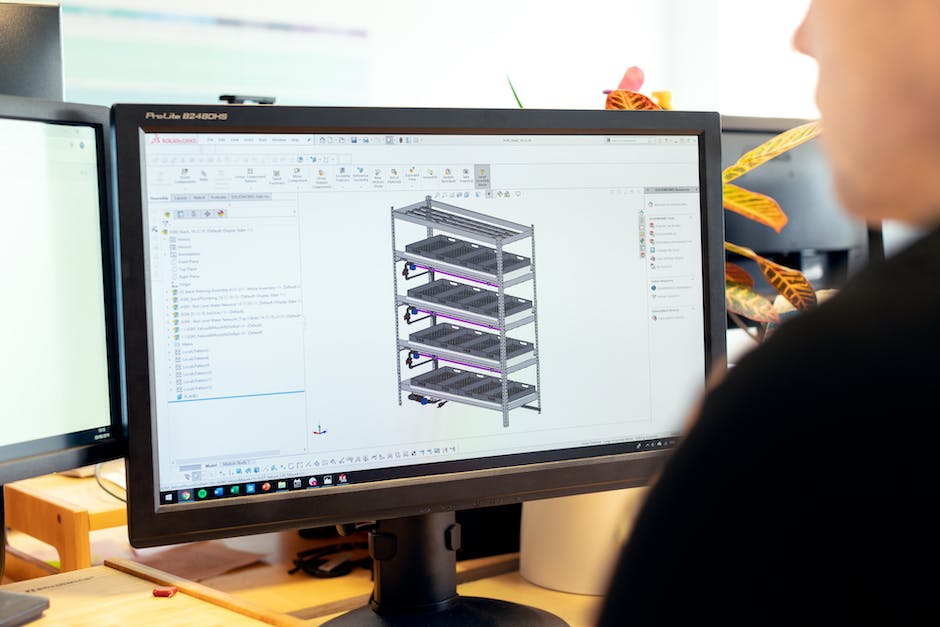
Technological Innovations in Agriculture Engineering
Integrating Advanced Technologies into the Agrarian Tapestry: Shaping the Future of Modern Farming
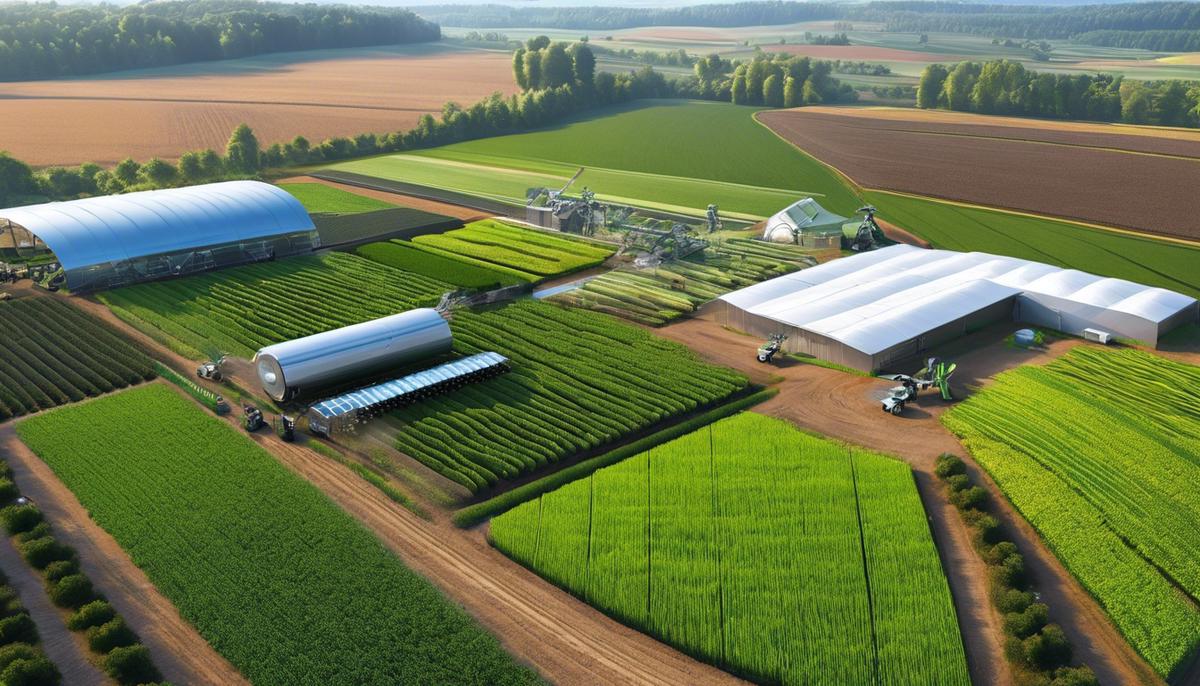
Environmental and Resource Management | Agricultural engineering
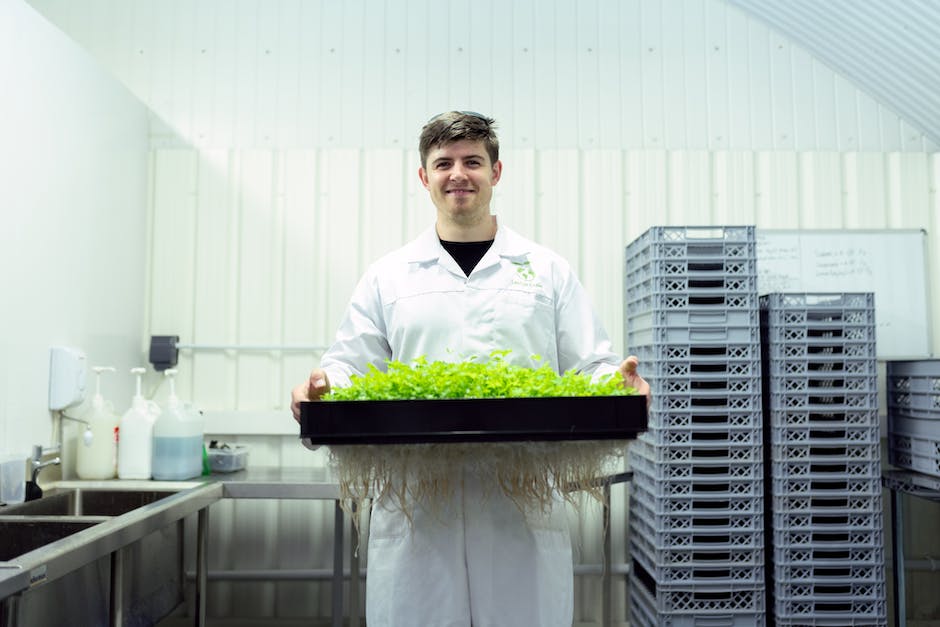
The Nexus of Agriculture and Bioprocess Engineering

Sustainable Design and Practices | Agricultural Engineering
The Imperative of Bioprocess Engineering in Agriculture: Fostering Sustainability and Advancement

Agricultural engineering technology
Key Concepts in Agricultural Engineering Technology
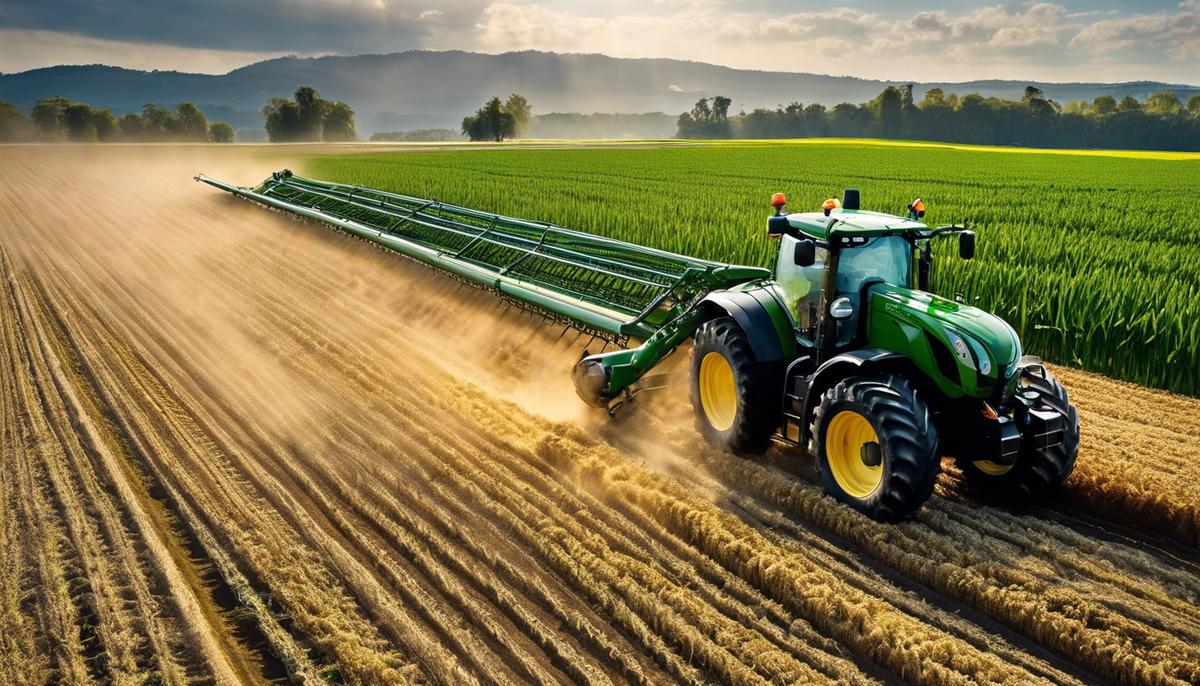
The Importance of Agricultural Engineering Technology
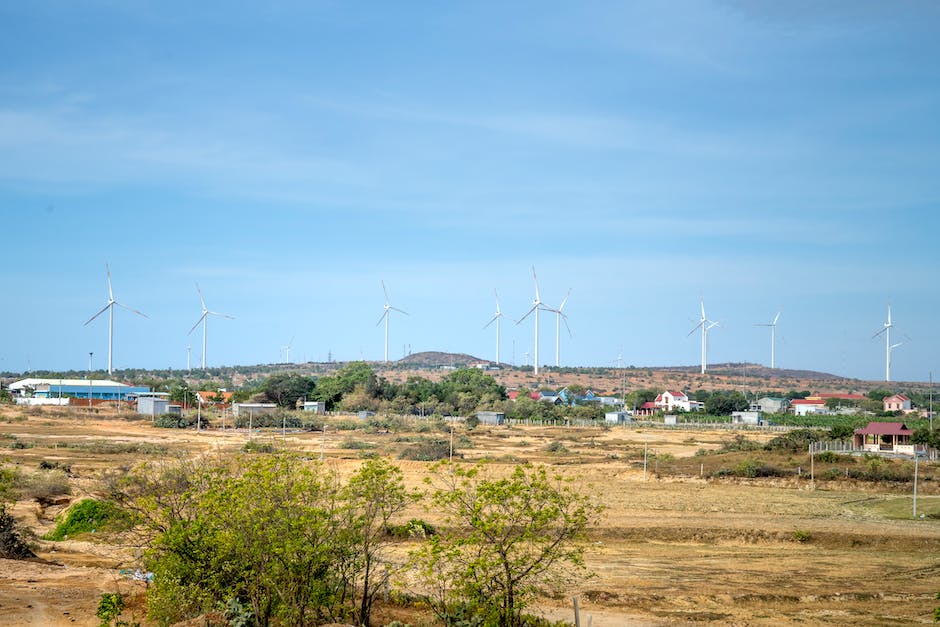
Cutting-edge Innovations in Agricultural Engineering Technology
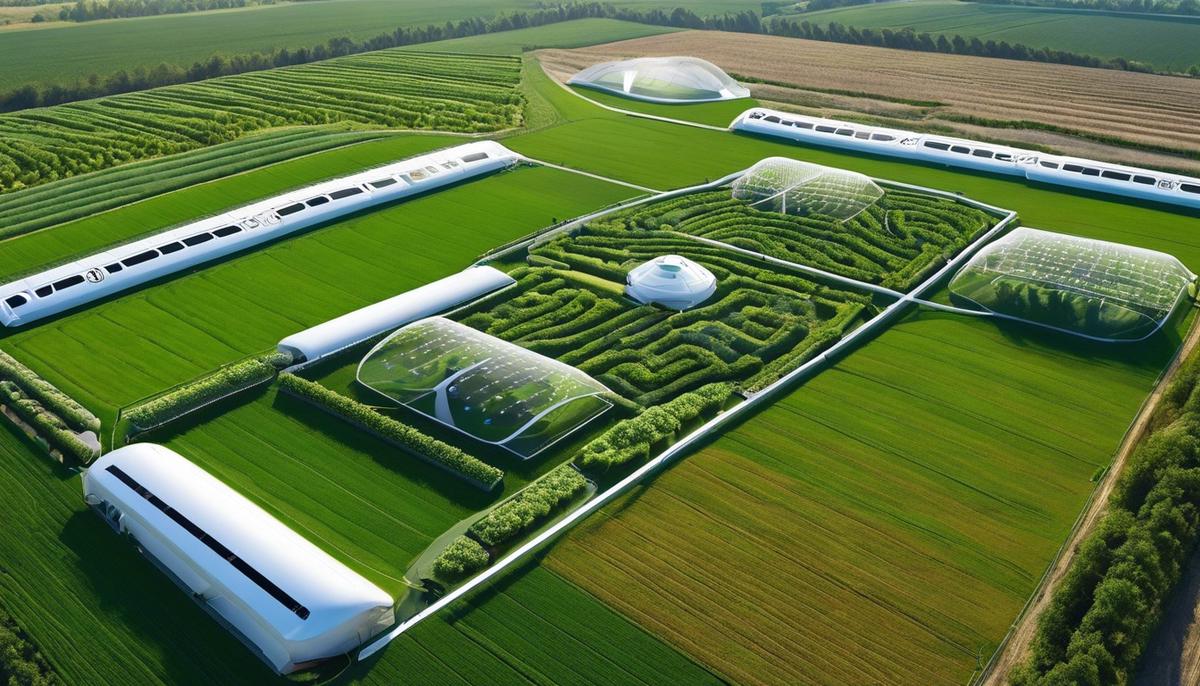
Challenges and Future Perspectives in Agricultural Engineering Technology
The world of agricultural engineering technology is facing several significant challenges from different angles
